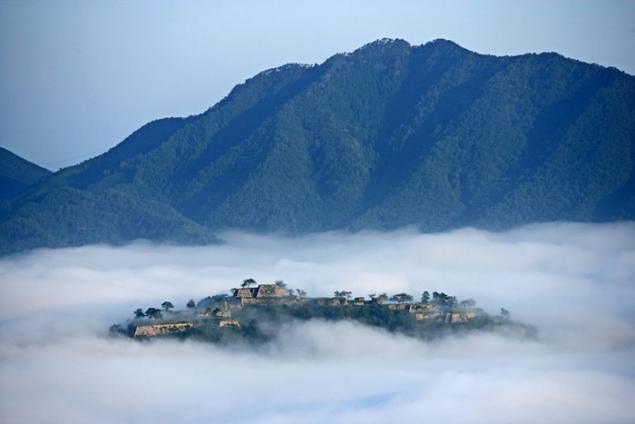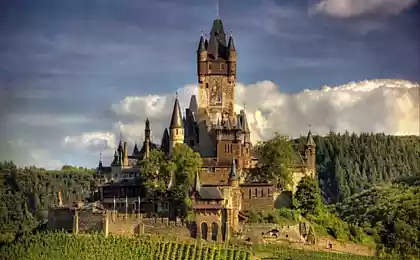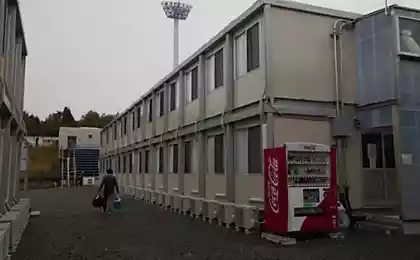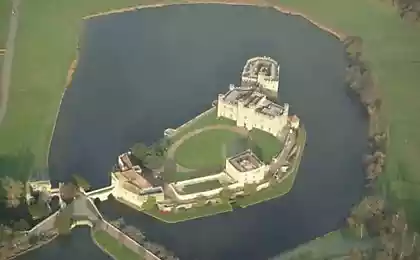532
Japanese Takeda castle floating in the sky

Japanese Takeda castle is one of the most interesting attractions of ancient architecture. Located atop a 300-metre mountain, literally floating in the clouds, it strikes the imagination of tourists.

The castle was built in Hyogo Prefecture in the district of Asago. If you want to enjoy the fabulous scenery and see Takeda, surrounded by clouds, then a tour is to go early in the morning. From sunrise and until about 8 hours in the mountains there was a dense fog, which is caused by sudden changes in day and night temperatures.

Takeda is often called the "city in the sky" comparing it to the legendary Machu Picchu Peruvian "lost city of the Incas". The castle in all its beauty and ancient grandeur attracts hundreds of thousands of tourists who annually visit Asago. Especially increased the number of visitors after the screens in 2012, saw the Japanese film "Anata e", which shows the picturesque Takeda.

It is believed that the castle was built in 1443 a large military feudal Lord Yamana. Takeda has several times changed its owner, while in 1600 went to Hirohide Akamatsu. Hirohide was a brave soldier, fought on the side of the ruler Tokugawa Ieyasu, took part in the battle of Sekigahara. That he had become the last known owner of the castle, however, he spent a short time in 1601 brave Hirohide committed seppuku – Japanese ritual suicide, resorted to the samurai.

As the years passed, Takeda gradually began to decline. To find the means to support the legendary castle, the local authorities were forced to charge for entrance to the territory of the cultural monument. Now the entrance ticket costs 300 yen for a walking tour from the foot of the mountain to the castle takes about 40 minutes. Best time to visit the castle of autumn, in this time of the year here are the most beautiful foggy mornings. Beautiful Takeda and spring during the cherry blossom, many people believe that, decorated with lush scattering of pink flowers, the castle symbolises the immortal spirit of the samurai.
Source: eva.ru/travel/read-17864.htm























